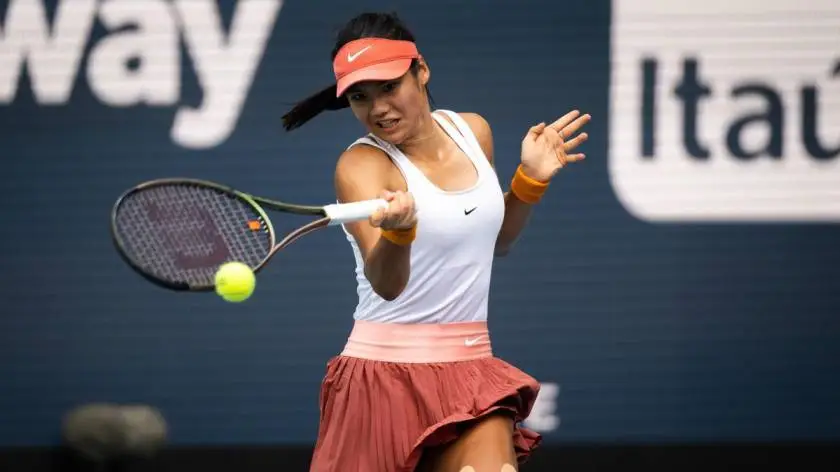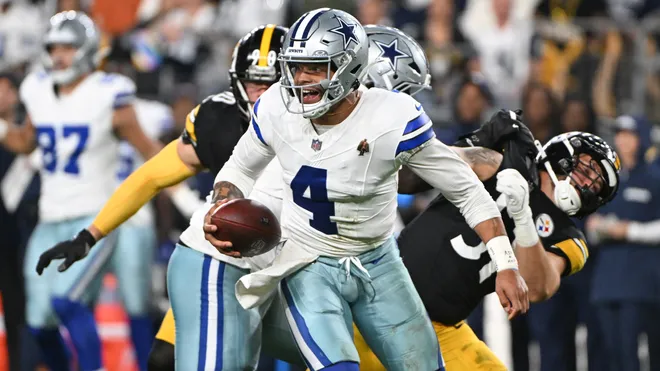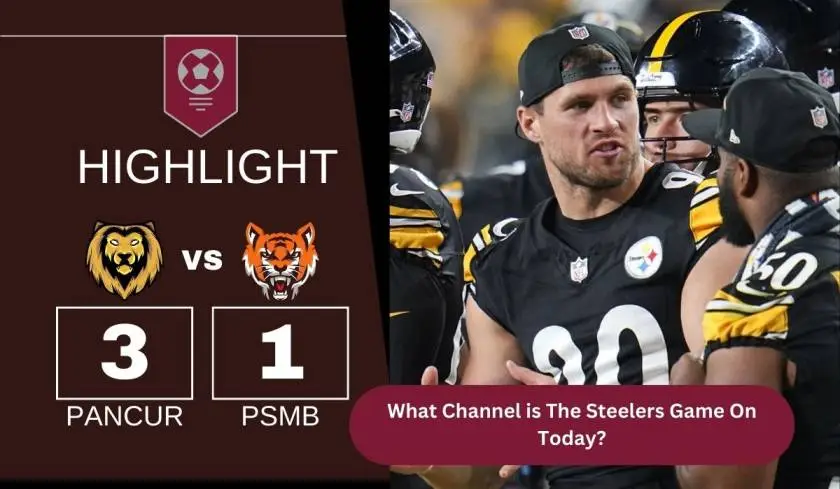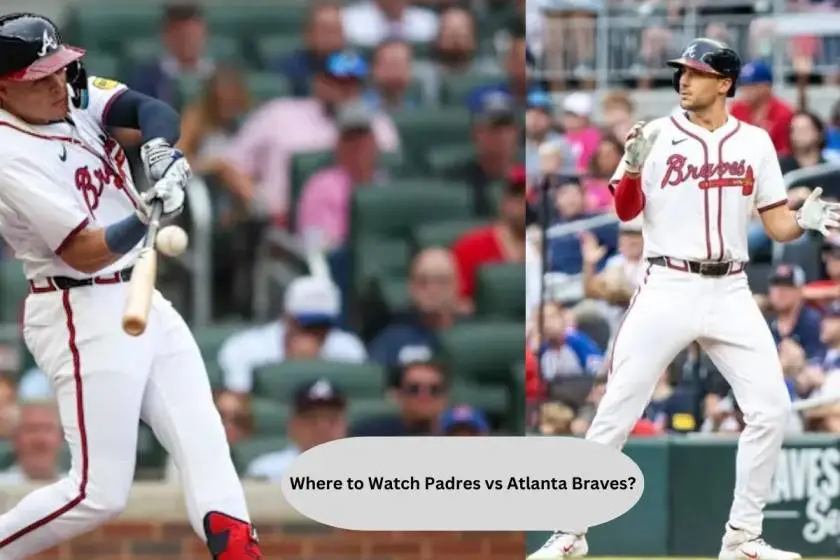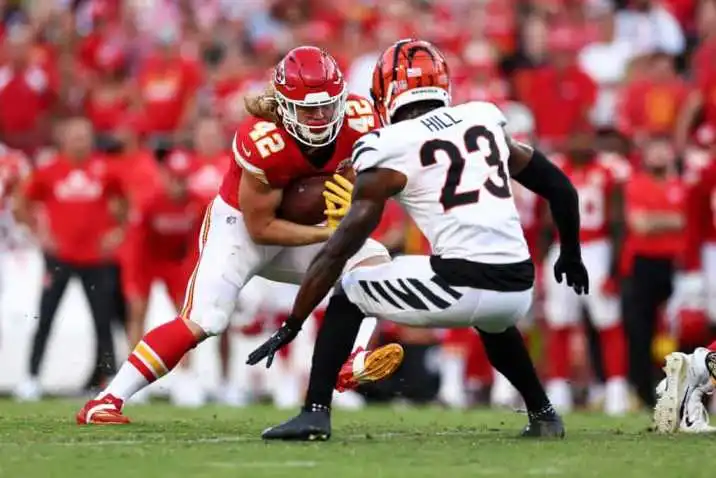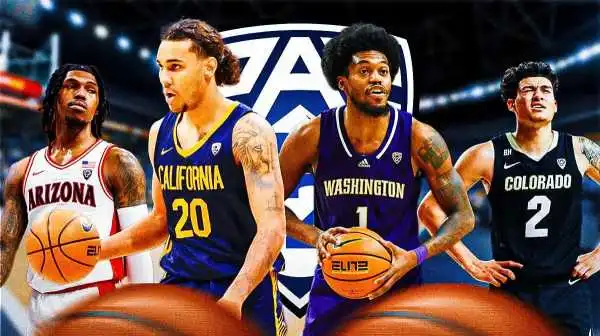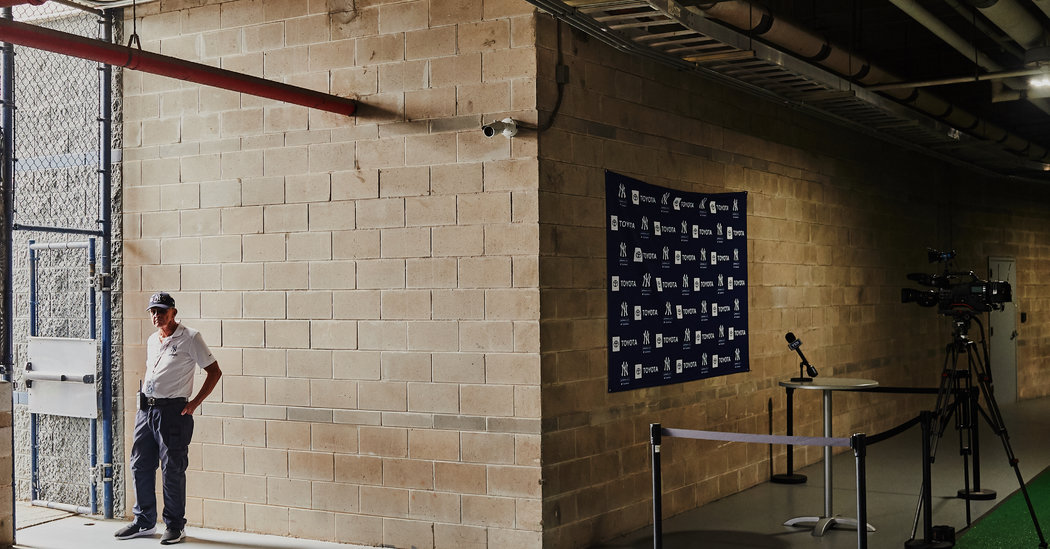
Closing Off Locker Rooms, but Not the Stands, Over Coronavirus Concerns
CLEARWATER, Fla. — Bryce Harper, one of baseball’s biggest stars, kept inching closer to reporters while chatting in a tunnel at Spectrum Field here on Tuesday.
On a normal day, the interview would have been held at Harper’s locker in the Philadelphia Phillies’ spring training clubhouse. But on Tuesday a Phillies public relations official instructed Harper and a handful of media members to remain six feet apart from each other, in accordance with new leaguewide regulations put in place over concerns about the novel coronavirus during baseball’s preseason — and perhaps beyond.
Harper, though, was not concerned. By the time his 11-minute interview session was over, he had moved to within a couple of feet of the reporters. He even offered to hug one.
“I just live, man,” Harper, a 27-year-old slugger, said. “I don’t worry about a disease or a virus or anything; I live my life. I’m doing everything the same. I’m shaking people’s hands, I’m high-fiving them.”
But Major League Baseball — along with the N.B.A., the N.H.L. and Major League Soccer — are more concerned. On Monday, they jointly instituted new regulations restricting locker room access to only players and “essential employees.”
For the first time in recent memory, members of the news media were excluded from the locker rooms of all four major active North American sports leagues at the same time.
Typically, media members are granted access before and after games to talk to players and gather information for their reports. Starting Tuesday, and for the foreseeable future, players will instead be brought out of the clubhouses and locker rooms to speak with reporters in hallways or on the field, with league officials recommending a minimum of six feet between them.
Harper and Rhys Hoskins, the Phillies’ first baseman, both said they were following those guidelines. But after they leave the stadium, they said, they have been following their normal routines, including shopping and eating at public restaurants.
“I am, yes,” said Hoskins, the Phillies’ representative for the M.L.B. players’ union. He added, “I have not changed the way that I live.”
Fans of the four sports, too, have largely been able to keep to their same routines. None of the leagues have announced plans to cancel games or hold them in empty stadiums, as some leagues in countries like Italy have done. But the landscape is changing quickly, and the leagues remain in consultation with health officials and are prepared to act according to their recommendations.
Organizers of other public events have already taken more drastic measures. On Tuesday, the Ivy League canceled its men’s and women’s college basketball tournaments, and on Sunday the Indian Wells tennis tournament, one of the biggest on the calendar, was canceled, too. The New York Road Runners also canceled the NYC Half, a half-marathon with about 25,000 runners that was scheduled for Sunday morning.
Other large gatherings — including Boston’s St. Patrick’s Day parade and political rallies for the Democratic presidential candidates Joseph R. Biden Jr. and Bernie Sanders, both of which were scheduled for Tuesday — have been canceled.
For now, the only restrictions for the professional sports leagues center on nonessential people who have access to locker rooms, like sports equipment sales people, food vendors, traveling scouts and media members. Instituting those measures without any restrictions for fans in the stadiums drew some criticism, including from Gov. Gavin Newsom of California.
“I found it quite curious that the four major organizations — N.H.L., soccer, Major League Baseball, and the N.B.A. — put out guidelines to protect their athletes but not their fans,” Newsom said at a news conference on Tuesday.
In Los Angeles, the N.B.A.’s Lakers roped off a square-shaped area for LeBron James to meet with reporters on Tuesday morning ahead of a game against the Nets at Staples Center.
“I miss you guys,” James said. “I miss you guys being right here, like, right here in my bubble. Very challenging to do an interview like this.”
James was asked whether he felt safer.
“So much safer,” he said, his voice dripping with sarcasm. “You guys are such a threat.”
James had previously said that if the N.B.A. closed arenas for games, he would not play. But he amended that stance on Tuesday, explaining that he did not realize at the time that such a plan was actually under consideration by league officials.
“I’d be disappointed,” James said. “But at the same time, you got to listen to the people that’s keeping track of what’s going on. And if they feel it’s best for the safety of the players, the safety of the franchise, the league to mandate that, then we’ll all listen to that.”
The reason the four leagues have chosen to limit access to the locker rooms and still allow fans into the stadiums — for now — is the steamy nature of locker rooms.
According to a spokesman for M.L.B., the league was advised by medical experts that clubhouses — with multiple people showering, changing and eating in and around them — were particularly vulnerable to the spread of microbes.
“In the past, if a guy gets the flu in the clubhouse, pretty much a good amount of guys will get that; the cold, the same thing,” said Zack Britton, a Yankees relief pitcher. “It’s going to be tough to completely wipe out anything.”
In Tampa, Fla., the Yankees set up a similar area to the Lakers’ for their players to conduct interviews, with a 7-foot-by-13-foot rectangular barrier keeping them from reporters. The team said that Gary Sanchez, its catcher, had a fever and tested positive for the flu but was not tested for the coronavirus. He is expected to stay away from the team for a few days.
At Tuesday’s spring training game against the Toronto Blue Jays, his teammates Brett Gardner and Kyle Higashioka signed baseballs for fans, but many players have followed advice to limit their autograph signing and interactions with fans.
“I think ultimately if we can keep the players healthy, then we’ll be able to keep playing,” said Gerrit Cole, the Yankees’ ace pitcher.
There are indeed no plans to cancel games or keep fans away, even at baseball’s spring training, where a high percentage of spectators are older retirees, considered among the most vulnerable demographic for the virus. Thousands of fans have continued to file in and sit within inches of each other, sharing restrooms and visiting concession stands.
“Yeah, I guess it is a little bit strange,” said Neil Walker, the Phillies’ veteran infielder. “But people who are paying customers and want to come to watch spring training baseball or watch the XFL or college basketball or whatever, are taking risks on an educated guess about how serious they feel this thing is.”
Bill Heyser, a financial adviser from nearby Odessa, Fla., went to Spectrum Field on Tuesday to watch his son-in-law Alec Asher pitch for the Minnesota Twins against the Phillies. He said if he were just an ordinary fan, he might not have attended.
“I’m sure it can spread more quickly in a stadium environment like this,” Heyser, 58, said. “But when your kids are involved, you put away your fears and go out to watch the greatest game in the world.”
Hoskins did acknowledge that some might feel the leagues were ignoring the risks to fans.
“I could see how that would be perceived, for sure,” Hoskins said. “I do appreciate the league having the players safety in mind.”
Scott Cacciola contributed reporting from Los Angeles. James Wagner contributed reporting from Tampa, Fla.



